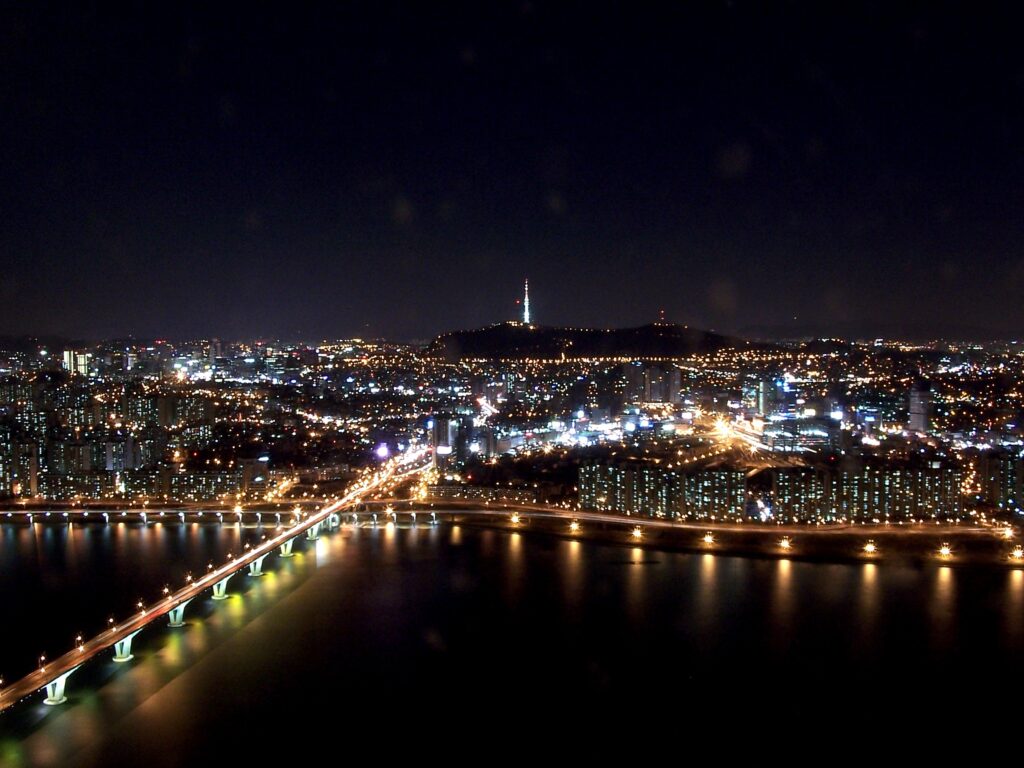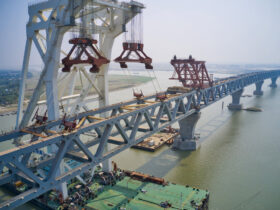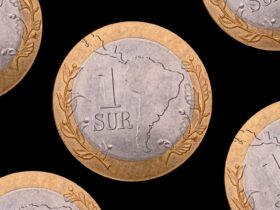This piece is the third part of Glimpse’s “Contemporary Geopolitics Series”
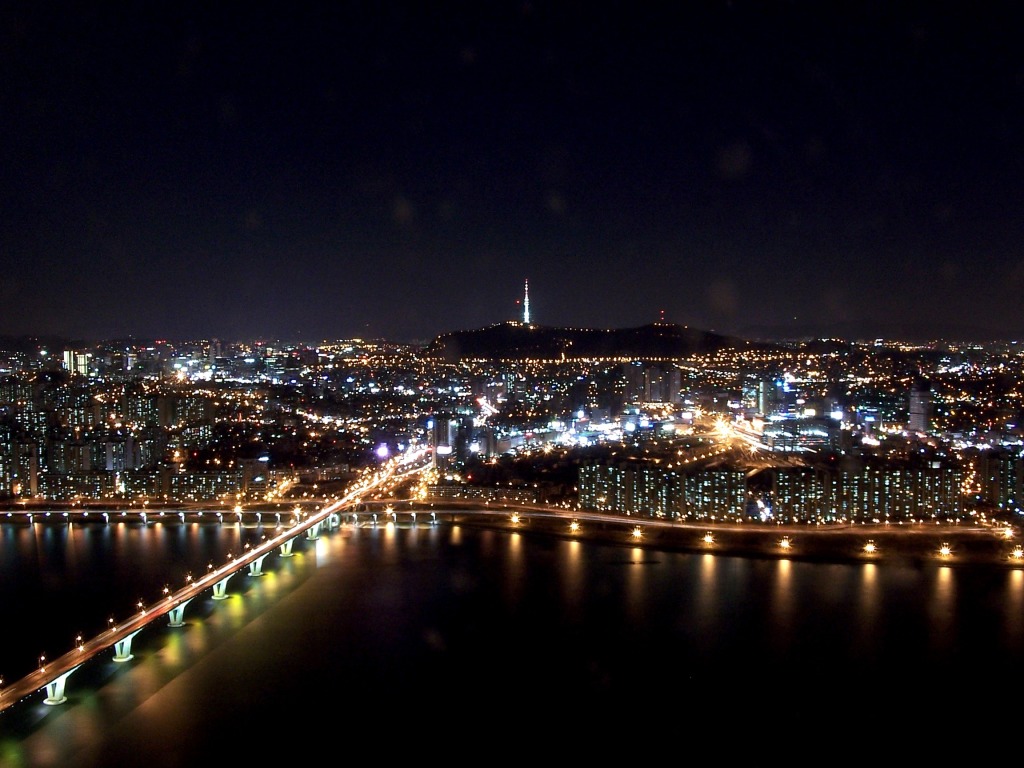
The Pacific Rim
In Alfred Thayer Mahan’s seminal work, The Influence of Sea Power Upon History, 1660-1783, he argued that sea power was the key to national might. Sea power is measured by the size and power of a given state’s navies. A powerful naval military guards the merchant navy, securing global trade routes. Sea power guarded the very arteries of nations, explaining the supremacy of Great Britain in the Age of Imperialism. Likewise, Mahan argued, the Industrial Revolution in the US created such a surplus of manufactured goods that the US could no longer afford to ignore the need for expanding to new markets. The US needed to expand to new markets to ensure continued prosperity and thus needed to build and maintain a strong naval military.
It is in the Pacific Ocean that the continuing importance of sea power manifests itself. It was indeed Mahan’s ideas concerning sea power that drove US foreign policy in the early 20th century. In an age of commercial imperialism, the US secured Hawaii’s annexation and gained the Philippines as spoils from the Spanish-American War in the interest of expanding to Asian markets. For Mahan, trade and prosperity came from the barrel of a gun: it was the strength of the navy that ensured trade, a la the “gunboat diplomacy” of Commodore Perry, who forced the opening of the Japan to the outside world in 1852. As the 21st century is making clear, however, influence in the Pacific is also won through other means, namely economic ties. China’s meteoric rise and outflow of investment has won it many partners, and for the US to maintain its primacy in the Pacific, it must more convincingly demonstrate its commitment to the security and prosperity of its Pacific partners.
The Pacific Century?
Throughout history, the geographic center of gravity in world politics has shifted between the major oceans of the world. In ancient times, it was the Indian Ocean, as the hotbed of the Maritime Silk Road between the Emperors of China and the Sultans of the Ottoman Empire. The Europeans by contrast were on the outside looking in, as they tried to carve out their own stake in the trade of silks, spices, ideas and technology stretching from Hangzhou to Constantinople.
The monarchs of Portugal, Spain, England and France looked westward to circumvent the Ottomans and engage more actively with the Indian Ocean trade network. What they found, instead, was a new continent, and the emerging triangular relationships between Europe, the Americas and Africa became the centerpiece for geopolitics starting from the 17th century. The center of gravity of the world shifted westward to the Atlantic during the pre-modern era, where it remains the central ocean today. NATO, a security alliance between the US and Western European countries formed during the Cold War, became the epitome of Atlantic dominance of the world’s oceans. However, as the EU continues to be ensnared in the Eurocrisis, the preeminence of the Atlantic is starting to fade.
The Pacific, long impassable due to its vastness and violent weather, only emerged as a tangible region in the 19th century as the Europeans began establishing Pacific colonies and forcibly opening markets through superior naval military power. India became the Crown of Britain—the anchor of a rich Asian-Pacific trade. The Netherlands likewise gained a foothold in the region through its colonization of Indonesia. China, Japan and Korea were all forcibly opened to world trade by Western or Westernized naval power (Britain and France in China, America in Japan, and Japan in Korea). The US also came into its own as a Pacific merchant empire through trade and conquest. The US’s conquests of Pacific islands such as the Philippines, Guam and Hawaii, combined with the establishment of San Francisco and Los Angeles as thriving ports of trade, solidified the its position as a great power in the Pacific.
The trade-oriented Pacific became a strategic warzone during World War II and the Cold War. Island hopping was the fundamental strategy of the US Pacific Theater, laying the foundation for later American dominance of the Pacific. The Cold War’s stalemate in Europe meant that most of the hot conflicts were actually played out in the Pacific (Korea, Vietnam and China).
The Pacific was given new life with the rise of the Asian Tigers, the newly industrialized economies of South Korea, Taiwan, Hong Kong and Singapore that secured the Pacific’s title of the world’s most economically dynamic region. Combined with Japan’s resurgence and the rise of other economies before the 1997 Asian Financial Crisis such as Thailand, Malaysia and Indonesia, the Pacific’s centrality looked inevitable.
Keeping the Edge
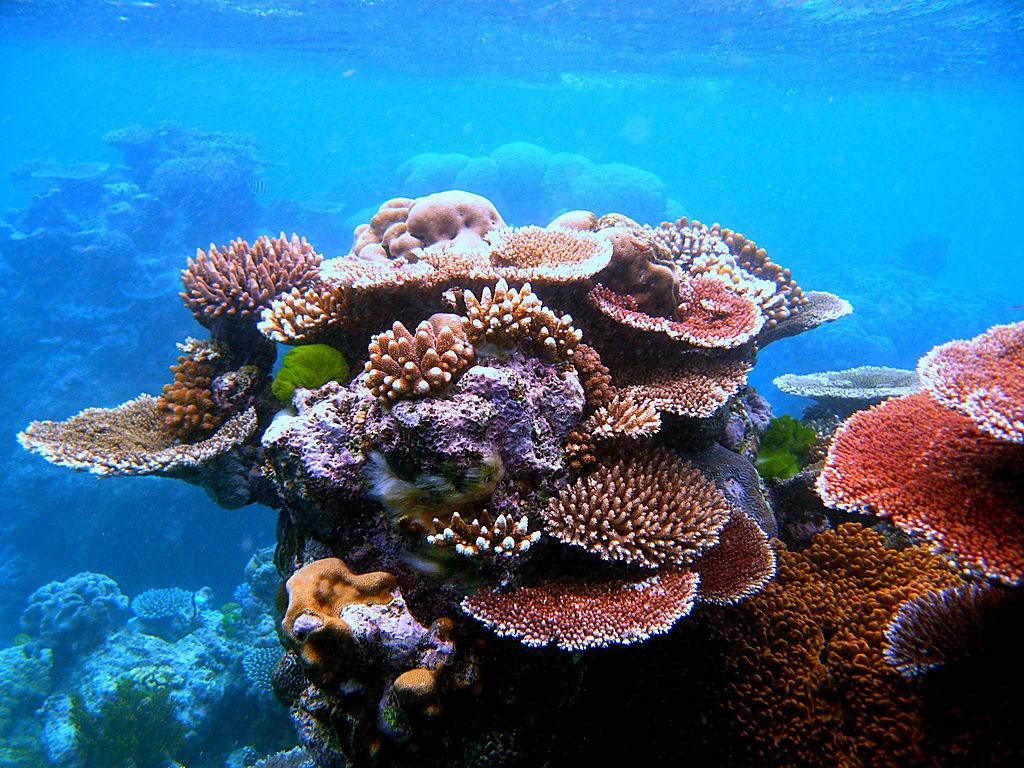
Looking towards the future, it is quite possible that the Pacific will be the new center of gravity of the world. The rise of China has both revived the economic dynamism of the region post-1997 and added a new strategic element to the Pacific once again, as hopes of China happily cooperating with the US and/or transitioning to democracy seem slimmer by the day, and the two states’ relationship status as partners or rivals is constantly in flux.
For the US to keep the edge in the Pacific, its leaders must keep two things in mind. First, despite the continual preeminence of naval military power in the concept of sea power, the Pacific of the 21st century revolves around more than raw military strength.
Pacific power sees an added dimension in multilateral institutions, where China is beginning to compete with the US in trade agreements and economic institutions. The recent Asia-Pacific Economic Cooperation (APEC) Summit sparked conflicts between the US-led Trans-Pacific Partnership (TPP) and the Chinese-led free trade initiatives such as the Regional Comprehensive Economic Partnership (RCEP) and the Free Trade Area of the Asia-Pacific (FTAAP). Some see the US-led TPP, “a free trade agreement that seeks to set high-standard rules for trade, and address vital 21st-century issues within the global economy”, as an intentional move to exclude China. The agreement’s strong emphasis on elimination of trade protection and promotion of intellectual property is seen as a means to gain influence in the region to the detriment of China. China’s RCEP, in response, excludes the US, with Beijing taking leadership over the proposed FTAAP, which the US attempted to shut down.
Additionally, the Chinese-led Asian Infrastructure Investment Bank now challenges the Asia Development Bank (Asia’s regional version of the World Bank). The US has pressured countries to not join the bank, seeing the bank as a potential competitor to the US-led World Bank and IMF. Developing countries – and even South Korea – have sour relations with the World Bank and IMF, the latter owing to the austerity measures imposed by the IMF on South Korea during the 1997 Asian Financial Crisis. The IMF’s insistence on conditional loans and structural adjustment programs (basically allowing IMF interference in internal policy in exchange for loans) angers developing countries. By contrast, China’s non-interference doctrine seems to be reflected in the Asian Infrastructure Investment Bank, thus providing a possible counter to US influence in the Pacific.
In light of all these developments, it becomes all the more important to readjust current US strategy in the Pacific. Heavy-handed measures like “high-standard trade-agreements” are inappropriate to truly counter China in the Pacific and gain greater influence in the Pacific. Innovative approaches to addressing issues in the region are needed, and these are likely to be found in both trade and non-traditional security and environmental issues. Particularly in poorer Southeast Asian and Pacific Island states, growing environmental concerns are matters of national security. For instance, rising sea levels could increase the salinity of the Mekong Delta, endangering key economic sectors in Vietnam. Likewise, rising sea levels endanger the very survival of small, low-lying Pacific Island states. As a leader in scientific research and an innovator in conservation practices, the US could take leadership in these non-traditional security concerns, providing expertise and knowledge and demonstrating commitment to its regional partners. In doing so, the US could not only create opportunities for cooperation, but also provide solutions that China cannot provide, enhancing its regional leadership.
Second, unlike the Atlantic region, it is currently not possible to dominate the Pacific region. Rising powers and the sheer size and diversity of the Pacific mean that the US cannot adopt a Monroe Doctrine in the Pacific as they did in the Western Hemisphere. Instead, the US should focus on facilitating a healthy web of relationships between Pacific countries.
Current US strategy revolves around the “hub-and-spokes” arrangement implemented during the Cold War. The US attempts to control the Pacific through important relationships and alliances with Japan, South Korea, Philippines, Taiwan and Australia. These countries, however, do not have particularly good relations with each other. Japan and South Korea continue to rehash historical controversies, with South Korea showing signs that it enjoys China’s partnership better than Japan’s. While the “hub-and-spokes” arrangement functioned in the Cold War due to the US’s military and economic might vis-à-vis its Asian allies who were devastated by World War II, newly assertive and powerful states require a reconfiguration.
The way to a better Pacific security architecture could very well be a greater focus on economic and non-traditional security, with an emphasis on creating win-win situations that allow for more partnerships in areas such as economic development and environmental protection (vital for vulnerable small Pacific island nations). How to handle China is an entirely separate topic, but for now, the US should focus on making the Pacific a rich and prosperous region capable of encouraging healthy economic ties and settling disputes peacefully. It is not enough to only bolster US naval presence in the Pacific or to compete with China with the TPP. The US must take initiative and find creative ways to enhance regional security, reaffirming its commitment and influence in the increasingly vital Pacific region.
The views expressed by the author do not necessarily reflect those of the Glimpse from the Globe staff, editors, or governors.





